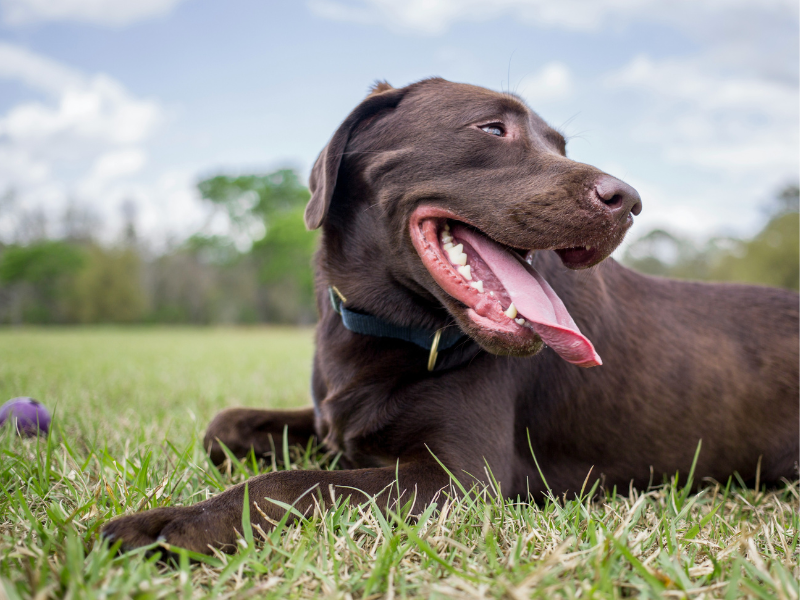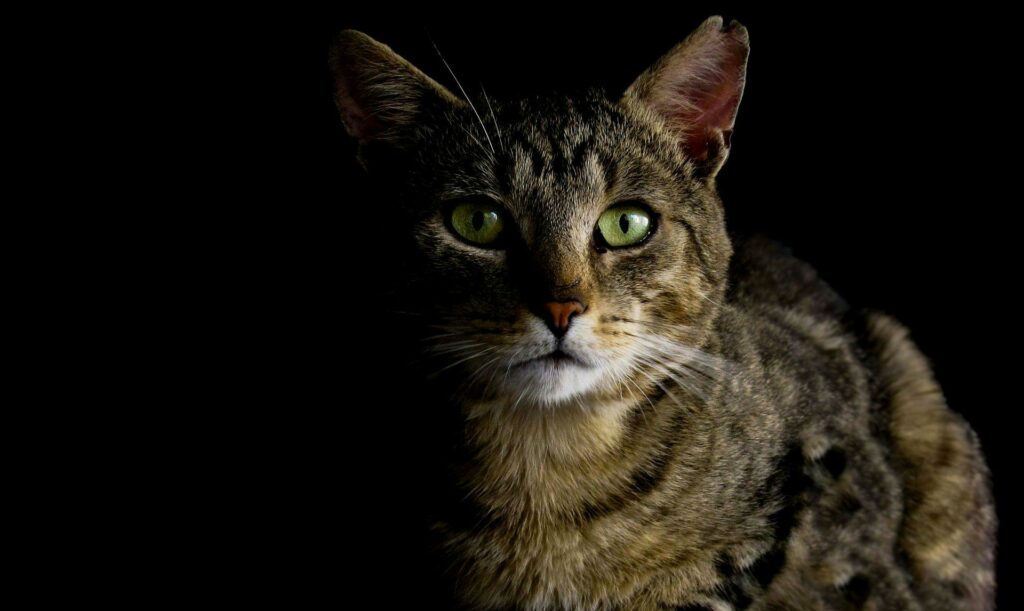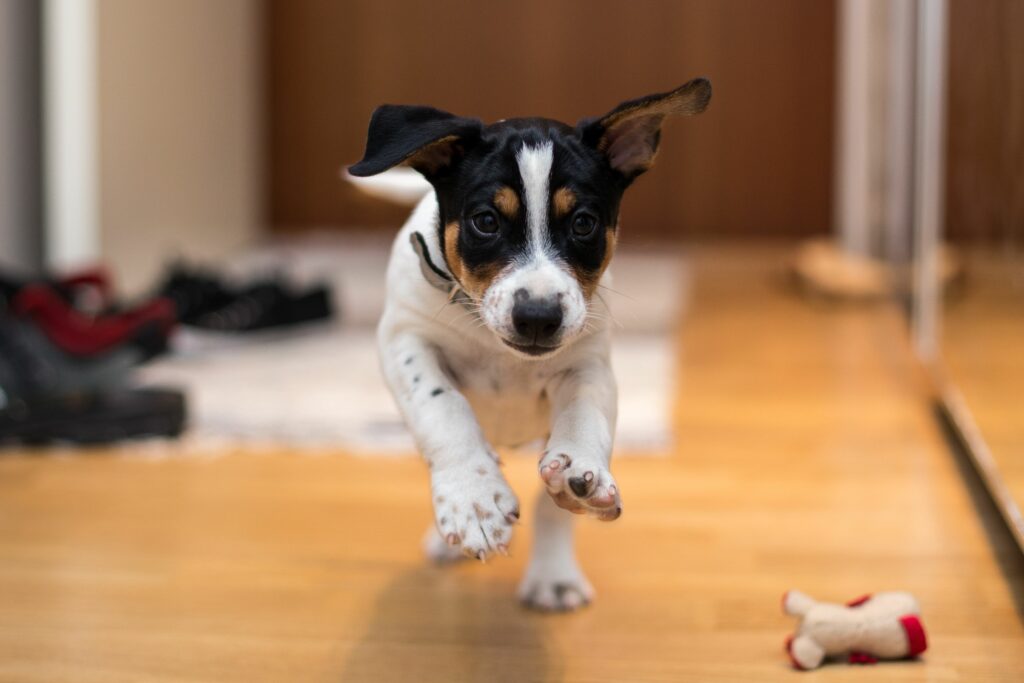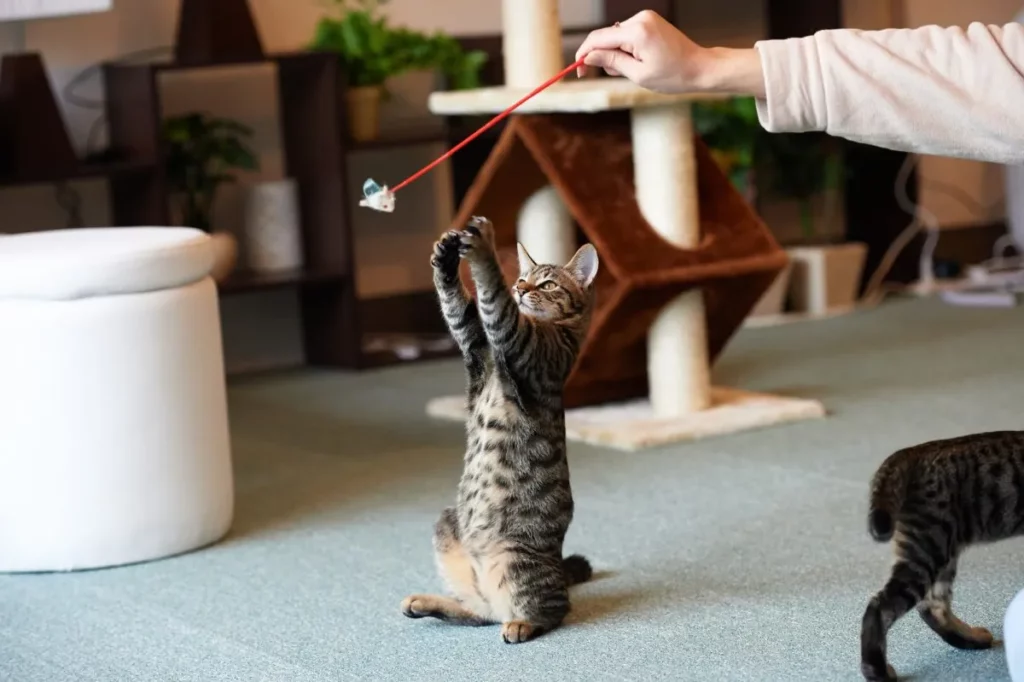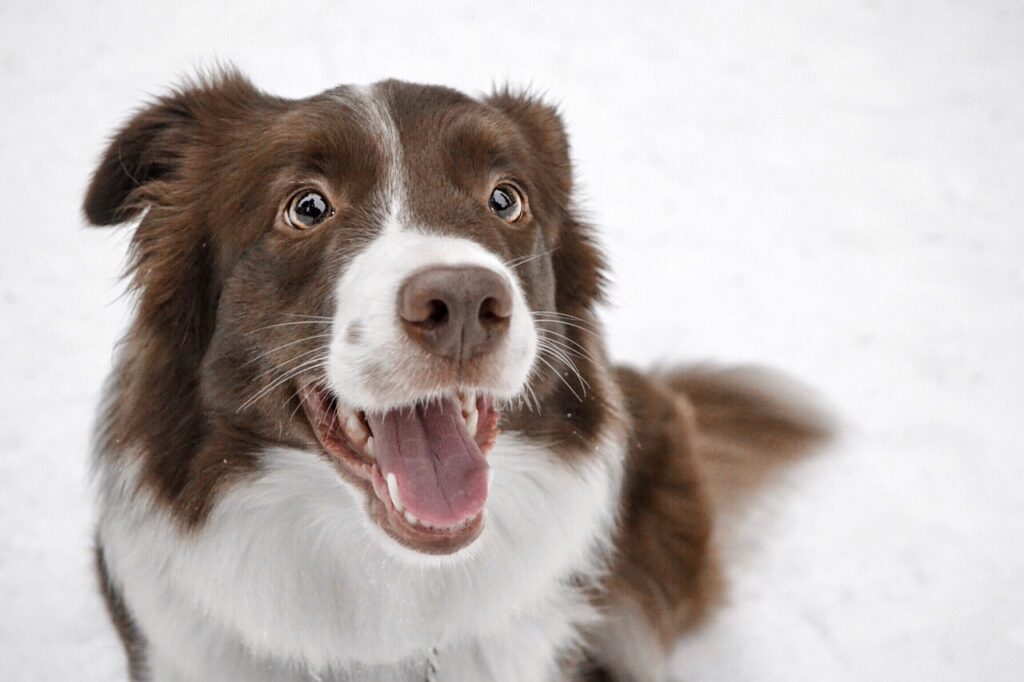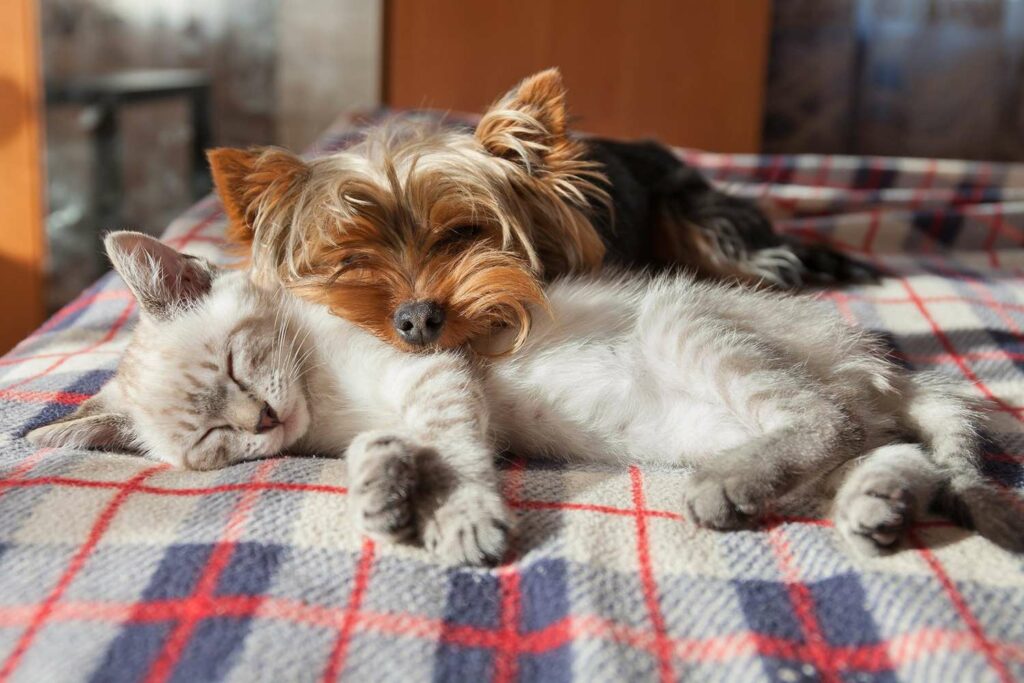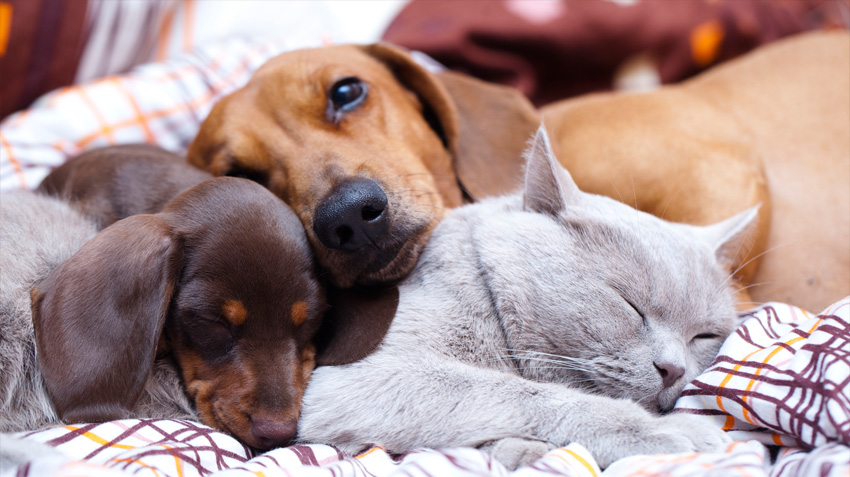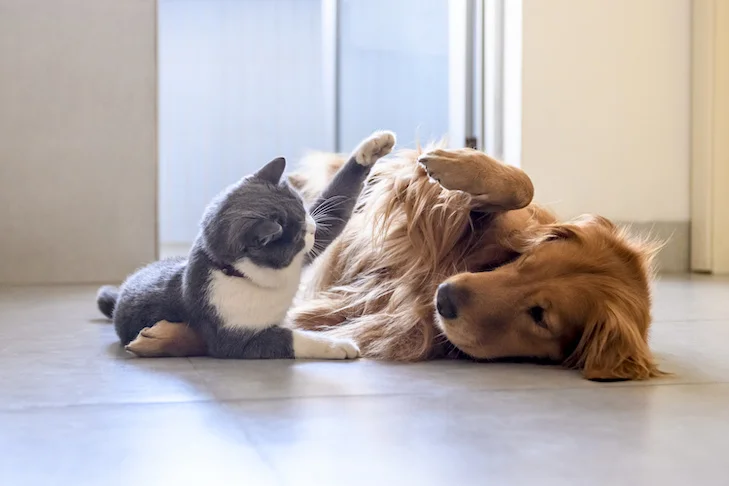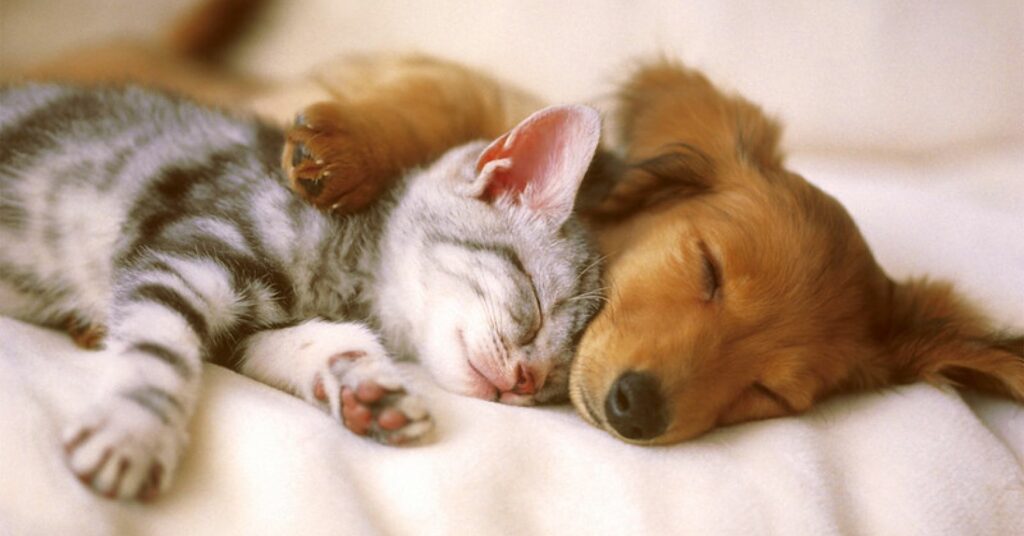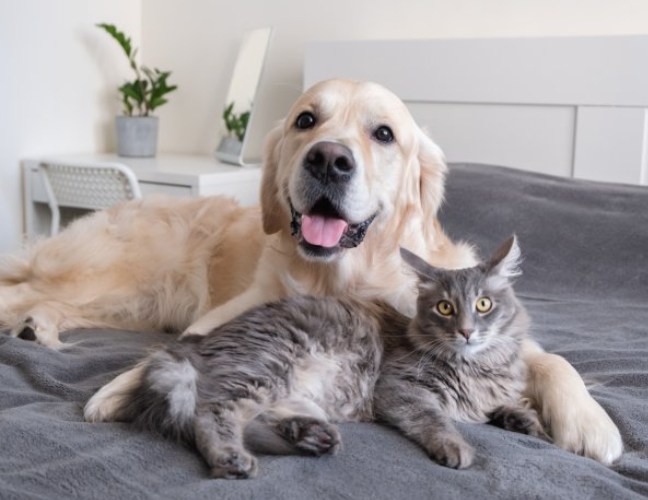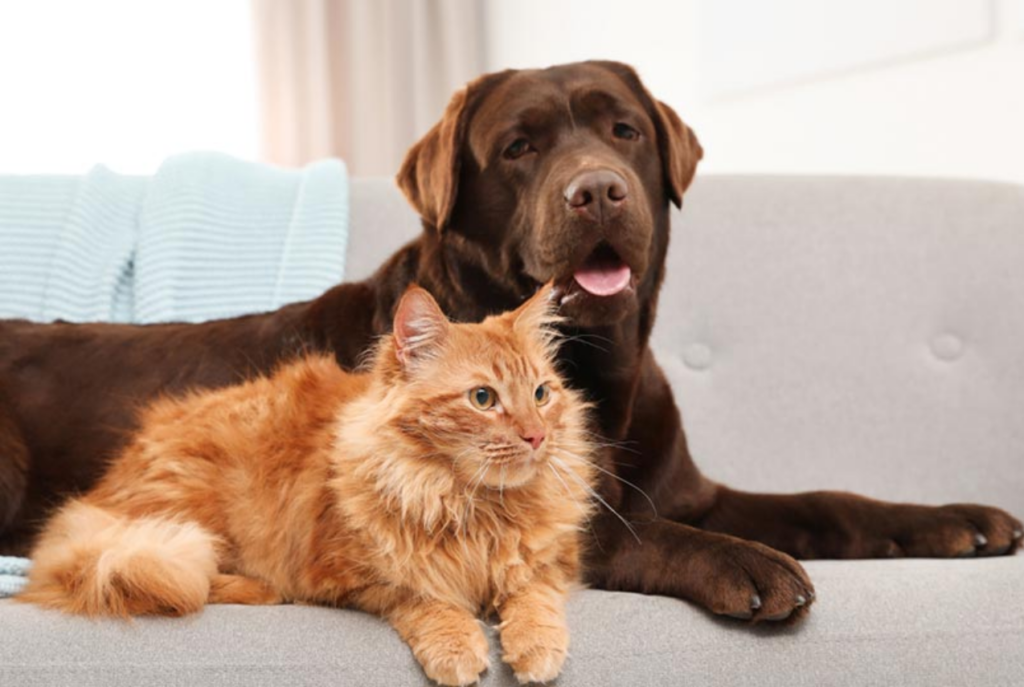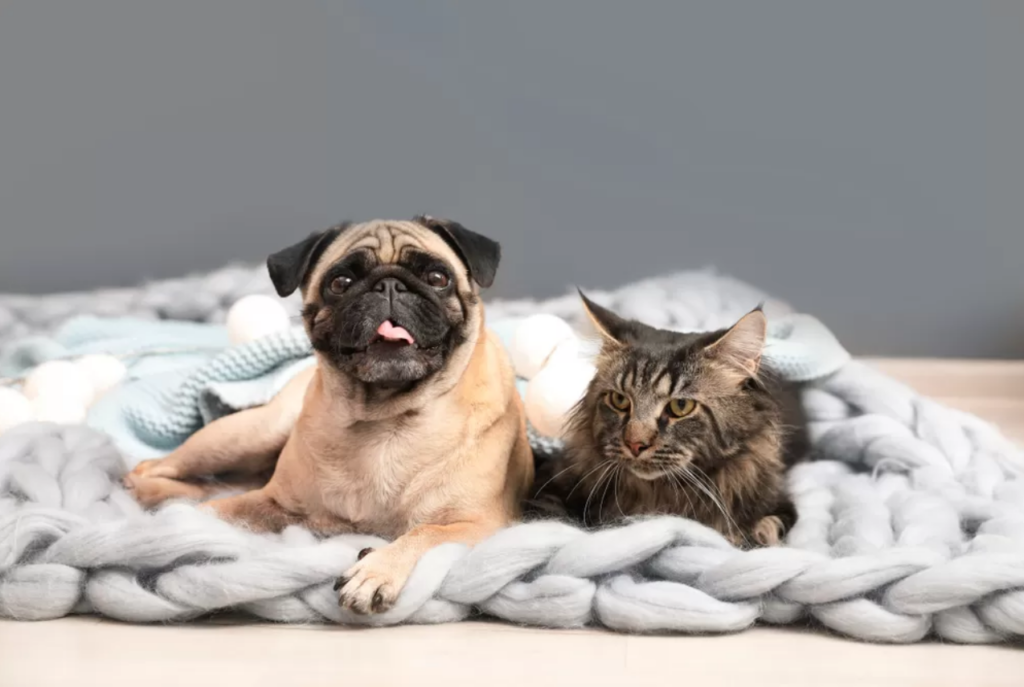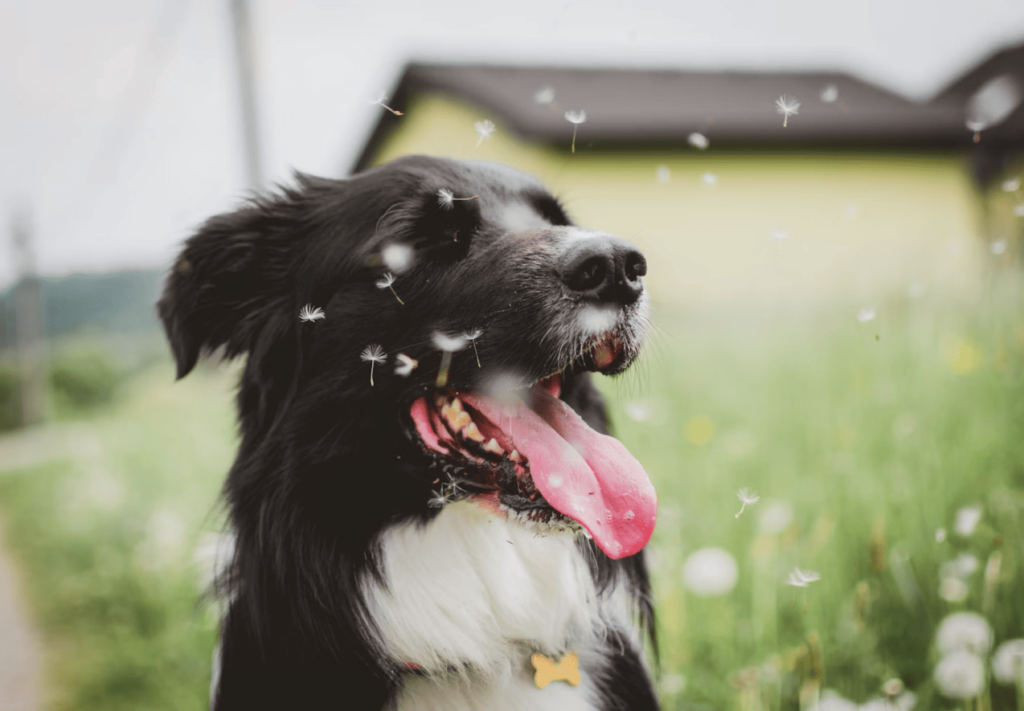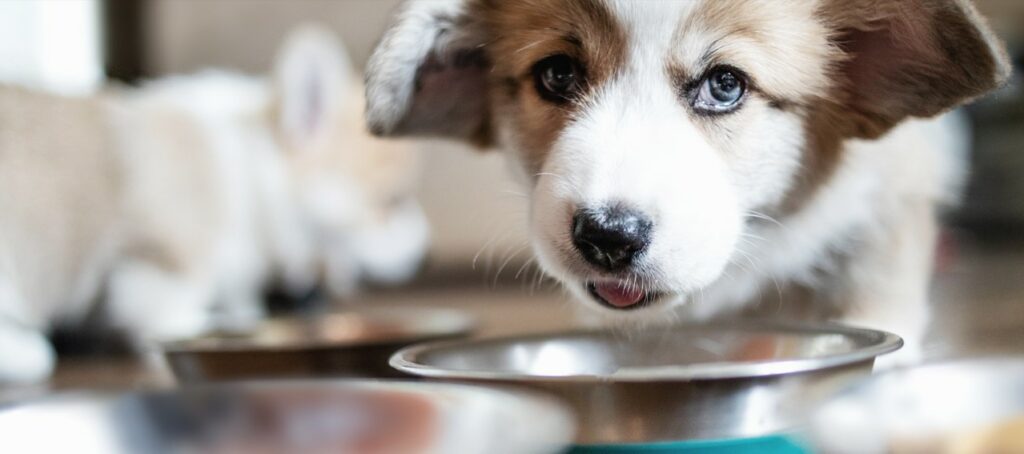
Essential Nutrients Every Pet Needs
Ensuring your pet receives the right nutrients is crucial for their health, longevity, and happiness. Like humans, pets require a balanced diet to thrive, but what does that look like for our furry friends? This post will explore the essential nutrients every pet needs, tailored advice for different life stages, and tips for choosing the best food.
Essential Nutrients for Pets
Pets need a variety of nutrients, each playing a unique role in maintaining their health:
- Protein: The building block of muscles, organs, and immune system. High-quality protein sources support growth and repair tissue.
- Fats: A dense energy source, fats are vital for absorbing vitamins and supporting cell function. Omega-3 and omega-6 fatty acids are essential for skin and coat health.
- Carbohydrates: While not all pets require a high carb diet, carbohydrates provide energy and help in digestion. Fiber, a type of carbohydrate, is crucial for gut health.
- Vitamins and Minerals: These support metabolic functions, bone health, and prevent diseases. Each vitamin and mineral has a specific role, such as calcium for bone structure or vitamin A for vision.
- Water: Often overlooked, water is the most critical nutrient. It aids in digestion, temperature regulation, and eliminating waste.
Nutrition Across Life Stages
Puppies and Kittens: Young pets have high energy requirements. Diets rich in protein and fat support their rapid growth and development. Look for specially formulated puppy or kitten foods that cater to these needs.
Adult Pets: To maintain optimal health and prevent obesity, adult pets need a well-balanced diet tailored to their activity level. Regular assessments can help adjust their diet as needed.
Senior Pets: Older pets may require diets lower in calories but higher in fiber, with added joint support and adjusted protein levels. Regular veterinary checks can guide dietary adjustments to manage age-related conditions.
Choosing the Best Food
Selecting the right food for your pet can be daunting with the myriad of options available. Here are some tips to help you make the best choice:
- Read Labels Carefully: Look for foods that list a high-quality protein source as the first ingredient. Avoid foods with excessive fillers or by-products.
- Consider Special Dietary Needs: Allergies, sensitivities, and health conditions may require special diets. Your vet can recommend specific formulations.
- Think about Food Type: Dry food, wet food, raw diets, and homemade meals all have pros and cons. Consider your pet’s preferences and nutritional needs when choosing.
- Consult a Veterinarian: Regular check-ups can help identify nutritional gaps or excesses in your pet’s diet. A professional can offer guidance tailored to your pet’s health status.
Proper nutrition is the cornerstone of a healthy life for your pet. By understanding the essential nutrients your pet needs and how these needs change with age, you can make informed choices about their diet. Remember, there’s no one-size-fits-all solution to pet nutrition, and what works for one pet may not work for another. Consult with your veterinarian regularly to ensure your pet’s diet supports their health and wellbeing at every life stage.
